287 years ago today, the Teatro di San Carlo was inaugurated in the city of Naples with the opera Achille in Sciro. It is the oldest continuously working opera house in the world, and a beautiful piece of architectural history adjacent to the Palace of the Borboni and the Piazza Plebiscito. READ more about this storied building… (1737)
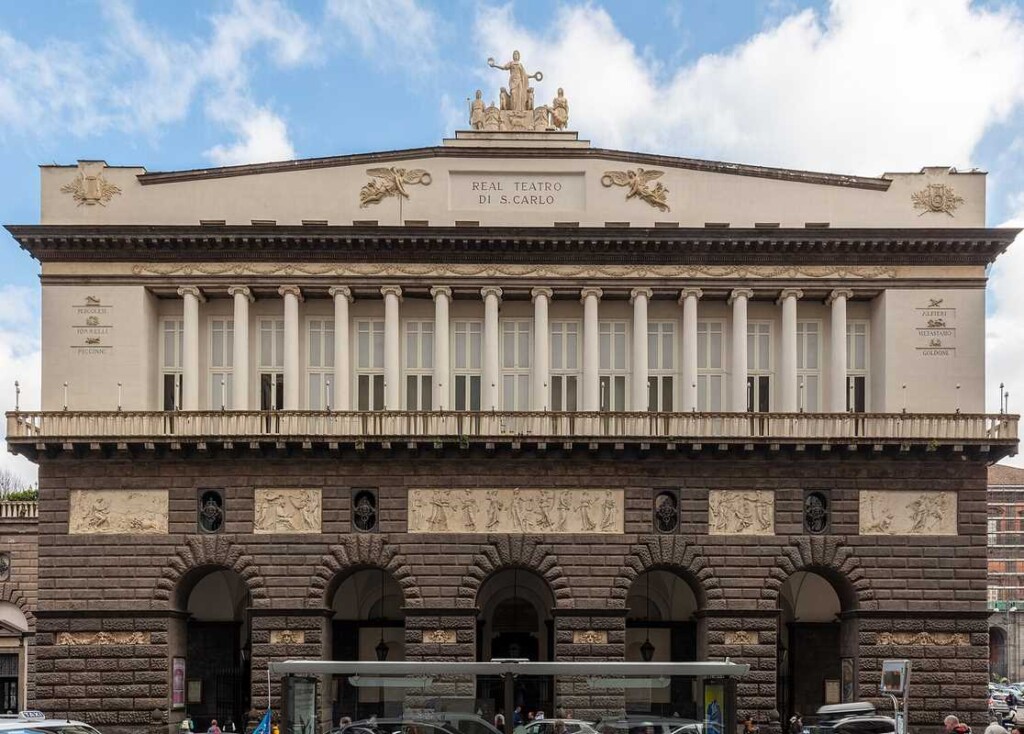
Built by Giovanni Antonio Medrano, a Sicilian who held the post of chief architect and mathematician for the Spanish-ruled Kingdom of Naples who also designed the Palace of Capodimonte.
Commissioned by the Bourbon King Charles VII of Naples (Carlo VII in Italian), Charles wanted to endow Naples with a new and larger theatre to replace the old, dilapidated, and too-small Teatro San Bartolomeo of 1621, which had served the city well
The opera season runs from late November to July, with the ballet season taking place from December to early June. The house once had a seating capacity of 3,285, but has now been reduced to 1,386 seats. Given its size, structure and antiquity, it was the model for theatres that were later built in Europe.
MORE Good News on this Day:
- Will Rogers, the American actor, cowboy, humorist, and newspaper columnist was born in the Cherokee Nation in Oklahoma (1879)
- Nellie T. Ross became the first woman to be elected governor of a U.S. state, and the only woman ever to have served as governor of Wyoming (1924)
- Happy 86th Birthday to Emmy-winning actress Loretta Swit, who played Major “Hot Lips” Houlihan, the head nurse on the beloved TV sit-com M*A*S*H, and authored SWITHEART: The Watercolor Artistry & Animal Activism of Loretta Swit, giving proceeds to animal rescue (1937)
- The rebuilt Vienna State Opera reopened with Beethoven’s Fidelio after it was totally destroyed in World War II (1955)
- Glen Campbell released his 12th album, Wichita Lineman, which hit No. 1, spent 46 weeks on the Billboard top 200, and earned Campbell a Gold Record and Grammy Hall of Fame induction—watch him perform it on Austin City Limits (1968)
- 22 years ago, the first Harry Potter film based on the blockbuster books by J.K. Rowling premiered in London (2001)
- Barack Obama was elected the first African-American president of the United States, becoming the 44th U.S. president (2008)
102 years ago today, British Archeologist Howard Carter and his team opened the entrance to King Tutankhamun’s Tomb in the Valley of the Kings. Carter found tomb KV62, and reckoned that luck had preserved it from robbers for centuries due to debris from a nearby tomb falling over its entrance. This resulted in the first largely intact tomb from Ancient Egypt ever to be discovered—and the treasury of funerary items was so extensive it took Carter 10 years to document everything.
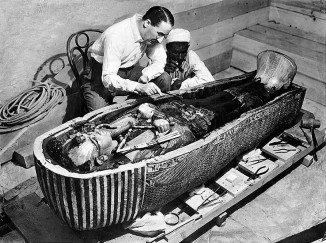
First of all, infection and fever struck down Carter’s benefactor, George Herbert, 5th Earl of Carnarvon, which led to the idea that the tomb was cursed. Instead of a full-size royal tomb cut into the slopes of the valley, The Boy King Tutankhamun was interred in a small tomb dug into the valley floor, probably a private tomb that was modified to fit the large amount of goods that accompanied a royal burial.
He ruled during the 18th dynasty and died in 1320 BCE, and has Ramesses the V and VI to thank for his tomb remaining undisturbed, as it was during the construction of their tombs that his was hidden. Careful investigation of his physical features has led some researchers to ascribe as many as 8 different syndromes, all of which limited his health, and led to an early death.
Carter’s account of first opening the tomb is as follows…
With trembling hands I made a tiny breach in the upper left-hand corner. Darkness and blank space, as far as an iron testing-rod could reach, showed that whatever lay beyond was empty, and not filled like the passage we had just cleared. Candle tests were applied as a precaution against possible foul gases, and then, widening the hole a little, I inserted the candle and peered in, Lord Carnarvon, Lady Evelyn and Callender standing anxiously beside me to hear the verdict. At first I could see nothing, the hot air escaping from the chamber causing the candle flame to flicker, but presently, as my eyes grew accustomed to the light, details of the room within emerged slowly from the mist, strange animals, statues, and gold—everywhere the glint of gold.
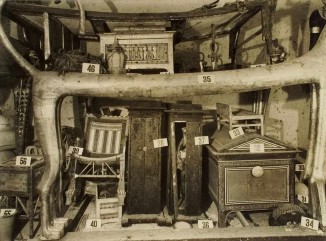
When asked by Lord Carnarvon if he could see anything, he is supposed to have said, “yes, wonderful things.” Clearing the tomb of objects required an unprecedented effort which involved the most knowledgeable and experienced antiquarians and archeologists in the British Empire, who were called upon from all corners to come help clear the more than 5,000 objects from the tomb. Almost all went to the Egyptian Museum in Cairo, which alone makes up one-sixth of its permanent exhibitions.
This column has no room to give credit to all that was found, but the golden funerary mask of Tutankhamun remains a national symbol of Egypt, and recently it was determined that an ornate golden dagger found in the tomb was forged with iron from meteorites. (1922)
Happy 63rd Birthday to Ralph Macchio, the actor who won our hearts playing Daniel LaRusso in The Karate Kid, a 3-film series that made him “stratospherically famous”.
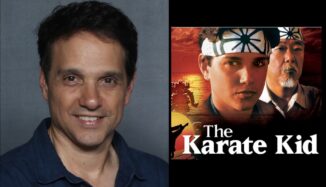
In 2018, he revised that role in a comedy-drama TV series, Cobra Kai, that picks up when LaRusso and his karate nemesis have become adults.
Following dream-come-true ensemble parts in The Outsiders and Eight is Enough, Macchio starred opposite Joe Pesci and Marisa Tomei in the hit comedy film My Cousin Vinny.
Dancing since the age of three, he reached the semi-finals of Dancing with the Stars, and in 1996 played the lead role in the touring musical revival of How to Succeed in Business Without Really Trying.
FUN FACT: At a celebration of the 30th anniversary of The Karate Kid in 2014, Macchio said that the yellow 1947 Ford convertible that his character receives from his mentor Miyagi in the first film was sitting in his garage. WATCH his fantastic 2020 look-back at his career… (1961)
155 years ago today, the first issue of the scientific journal Nature was published.
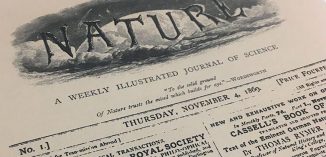
The debut issue featured an article describing some recent work by Charles Darwin—and Darwin himself wrote in two subsequent issues. The multidisciplinary British publication has also published important work on living primates, including that of Jane Goodall on chimpanzee tool use. The world’s most cited scientific journal, it is one of the few remaining academic sources that publishes original research across a wide range of scientific fields. (1869)
64 years ago today, Jane Goodall first observed chimpanzees creating tools. After being a secretary when she was hired to study primates at Gombe Stream National Park in Tanzania, she observed two chimps pick up small twigs, strip off the leaves, and use them as tools to fish for termites in the ground for a snack. This was the first time that an animal was observed to modify an object to create a tool to use for a specific purpose.
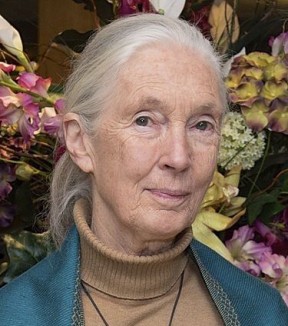
Her benefactor, Louis Leakey, a Kenyan archaeologist and paleontologist, paid to send her to England to study primate behavior and anatomy. Two years after her discovery, he arranged funding to send her to Cambridge, where she got her PhD, having received special permission to skip her BA/BSc studies.
Dr. Jane Goodall put forth another unconventional idea for the time: “It isn’t only human beings who have personality, who are capable of rational thought [and] emotions like joy and sorrow.” WATCH the mini-doc Jane, showing Greybeard using the tools… (1960)
And, on this day in 1916, ”the most trusted man in America”, journalist Walter Cronkite, was born.
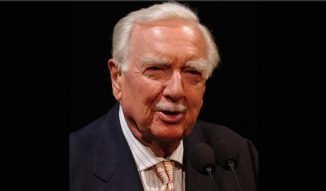
As the television anchorman for the CBS Evening News for 19 years (1962–81), he was known for his moving reports on the Vietnam War, the Apollo moon landing, and the assassination of President John F. Kennedy. His departing catchphrase, uttered at the end of each broadcast was, “And that’s the way it is.”
WATCH the memorable report when he interrupted a soap opera, and removed his glasses to say, “President Kennedy died at 1 pm…” His eyes were watery and his voice cracked. He later recalled that he was lucky he was able to hold it together instead of crying. He also authored several books, including A Reporter’s Life, and Cronkite’s War: His World War II Letters Home.
SHARE The Milestones, Memories, and Movies…


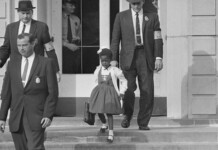
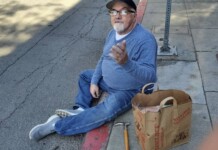

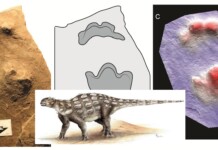














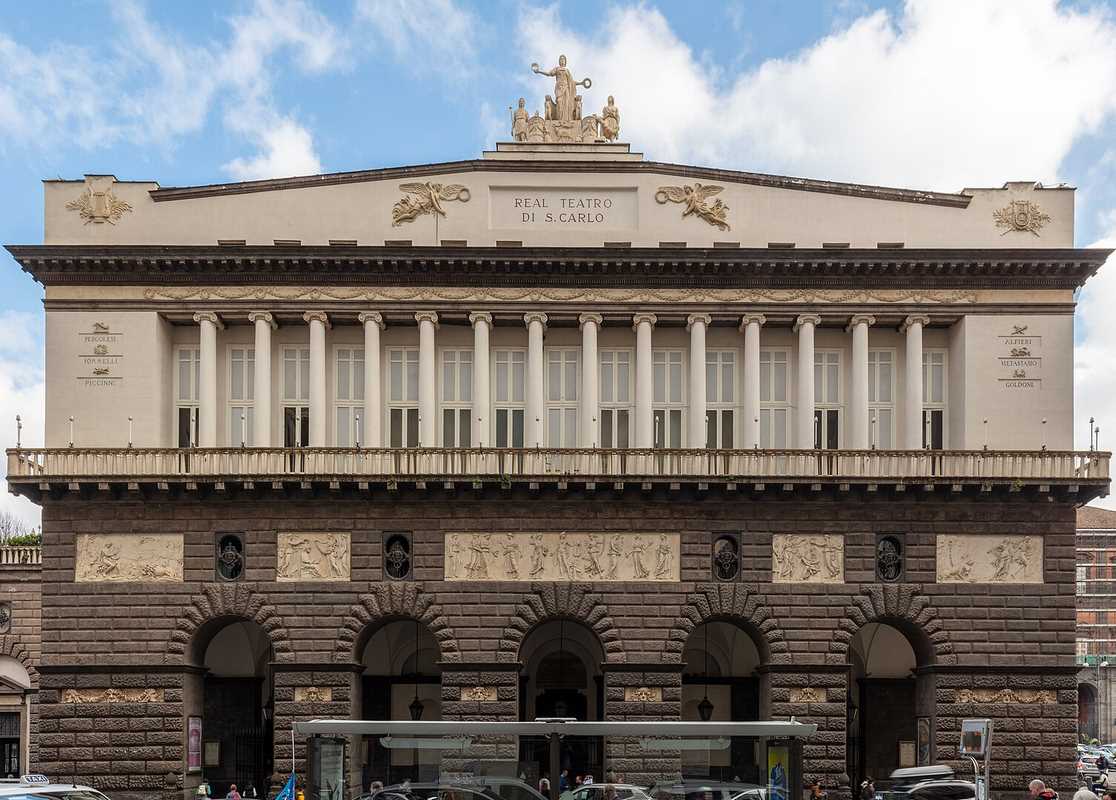
[…] The Good News Network […]
[…] post Good News in History, November 4 appeared first on The Good News […]
[…] By Good News Network […]